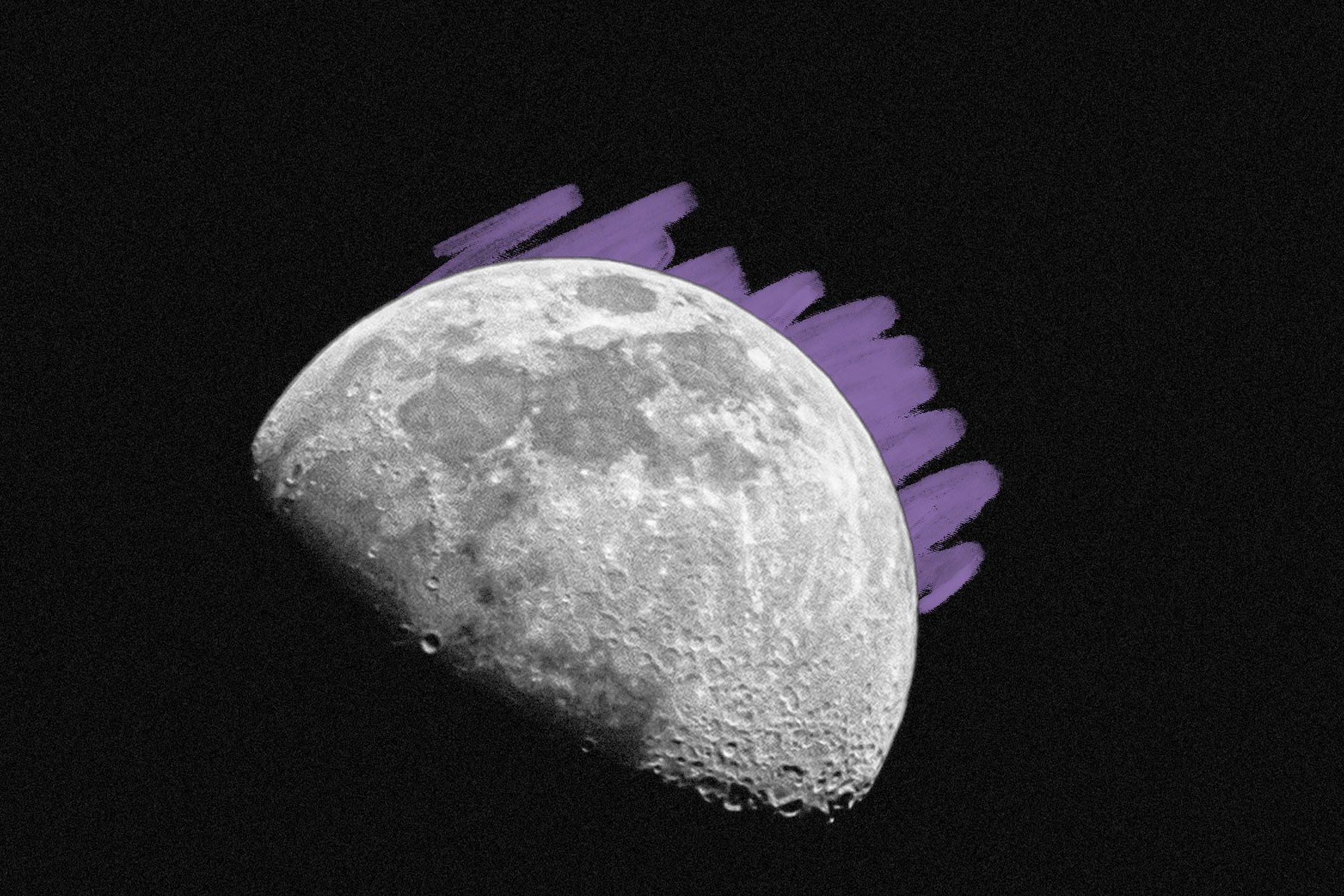Apollo 12 left a piece of art on the moon.
When Apollo 12 departed Kennedy Space Center on November 14, 1969, the spacecraft was carrying a tiny artwork titled “Moon Museum” — albeit unknowingly to the astronauts aboard. The piece was a ceramic tile measuring less than an inch, inscribed with designs from six contemporary artists. However, the idea was never sanctioned by NASA, and “Moon Museum” had to be smuggled into space.
“Moon Museum” was the brainchild of concept artist Forrest Myers, who collaborated with artists Andy Warhol, Claes Oldenburg, David Novros, Robert Rauschenberg, and John Chamberlain. Each artist sketched a unique image on the tile. Warhol signed his initials in the upper left, forming the shape of a phallic rocket; Rauschenberg drew a line next to it, and Novros created a black square in the upper right. From left to right on the bottom row, Myers added an interlocking drawing, Oldenburg sketched Mickey Mouse, and Chamberlain drew an image based on a circuitry diagram.
Myers tried to get NASA’s approval to stow “Moon Museum” aboard the Saturn V rocket, but was met with radio silence. He then contacted an anonymous NASA engineer known today as John F. to help smuggle the artwork into space. The employee responded two days before launch, stating, “YOUR [sic] ON A.O.K. ALL SYSTEMS GO.” It’s believed “Moon Museum” was covertly attached to the lunar module and deposited on the moon during landing, though it’s impossible to confirm without sending another mission back to check.







